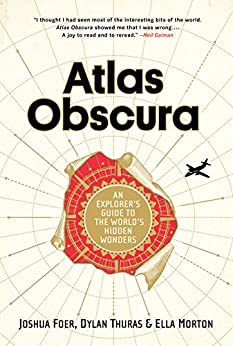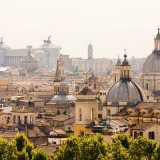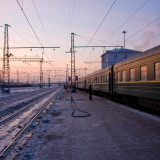St. Gallen: A Swiss Vignette

St. Gallen, Switzerland. Credit: Norlando Pobre, Flickr
Crisscrossing Switzerland by rail on a ten-day Spring excursion, my husband Tom and I discover St. Gallen, an elegant medieval town in a high northeastern alpine valley just an hour out of Zurich. The city’s stunning Abbey cathedral and library complex are known as some of the country’s finest examples of Baroque architecture and have earned UNESCO World Heritage status.
Step into a shrine of history
The library is one of the oldest monastic libraries in Europe. It houses thousands of ancient handwritten manuscripts, maps and 170,000 old books. It still serves as a scientific and religious research centre, but its greatest attraction is the Rococo central hall—exquisite walnut woodwork, painted ceiling and stucco, illuminated by 34 windows.

St. Gallen Cathedral. Credit: Alex Queiroz, Flickr
Approaching from the station, we marvel at the imposing double towers of the church. Each has its own magnificent clock ringed in gold, with golden numerals and a bright red background. The present church was built in the 18th century on grounds where St. Gall, an Irish missionary, erected a humble hermitage in 621 AD. A hundred years later the very first Abbey was constructed and named in his honour. Later the town took the same name. The Abbey church finally became a cathedral in 1836.
The stillness of centuries of prayer and meditation envelop us
Entering by a side door, we sit down in a pew. Around and above us is an almost overwhelming profusion of elaborate Baroque detail. Light streams softly down. All that glitters appears to be gold on the statues and the ornamentation of the altars. A spider’s web of gilded grillwork surrounds them. The towering organ pipes soar to high ceilings ornately painted with a myriad of religious tableaux. The rich sheen of the wooden confessional boxes tempts me to enter. An inscription in Greek at the entrance of the church reads “Medicine of the Soul.” The stillness of centuries of prayer and meditation envelop us. Eventually, a small tour group arrives and breaks the spell.

Inside the St. Gallen Cathedral. Credit: Alex Queiroz, Flickr
Outside, at the edge of the quiet square, is another church with a roof of shimmering mosaic tiles in colourful diamond patterns. It is the Protestant St. Laurence Church (Kirche St. Laurenzen). Since the Reformation of 1524, the Abbey complex has stood for centuries as a Catholic stronghold surrounded by a predominately Protestant city.
Peek through St. Gallen’s windows back in time
Strolling through the narrow streets of the picturesque Old Town we are surrounded by a kaleidoscope of brightly coloured intricately carved oriel windows, some of them three stories high. They are not a standard bay window, having more depth and height, much like a large box or closet.
St. Gallen has over 100 oriel windows decorating the ancient buildings, many added on to the old structures as wealth flowed into the town from the linen and embroidery trades. They are works of art depicting history and myth, wit and whimsy, elaborately fashioned of wood or painted. The windows tell of riches and adventurous travels to exotic lands. There are details of mermen and monkeys, cherubs and gargoyles, exotic fruits and faces.
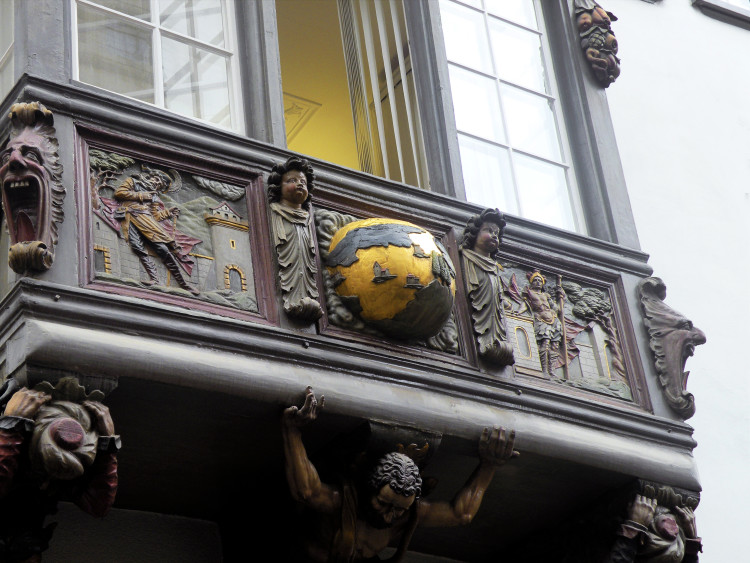
Oriel window. Credit: Annie Palovcik
Some buildings have enormous, fanciful painted facades, others are adorned with wrought iron signs depicting a trade such as blacksmith, or a seller of beer, or tea. Restored half timbered houses come in reds and blues and browns. With many lanes and alleys closed to traffic, winding through the maze of streets is a relaxing experience.
Though World War I and the Depression nearly destroyed the industry, St. Gallen embroidery is still popular with Parisian haute couture designers
The Textile Museum displays historically significant laces, embroidery and cloth. St. Gallen textiles were exported worldwide. Though World War I and the Depression nearly destroyed the industry, St. Gallen embroidery is still popular with Parisian haute couture designers.

Embroidery in the Textile Museum. Credit: Qabluna, Flickr
Indulge in baked goods and brews
Our Swiss friend Margit drives up from the south to take us to lunch at her favourite conditorei, or pastry shop. Fresh loaves of bread are displayed in two Swiss languages—German and French—and also in English.
They are so delicious I find myself nibbling away until they are all gone
Here they say Justin Bieber is not the most famous Bieber on the planet. For generations, bakers have been making a confection called St. Gallen’s Biber: a thick gingerbread cookie filled with a sweet almond mixture and glazed with honey.
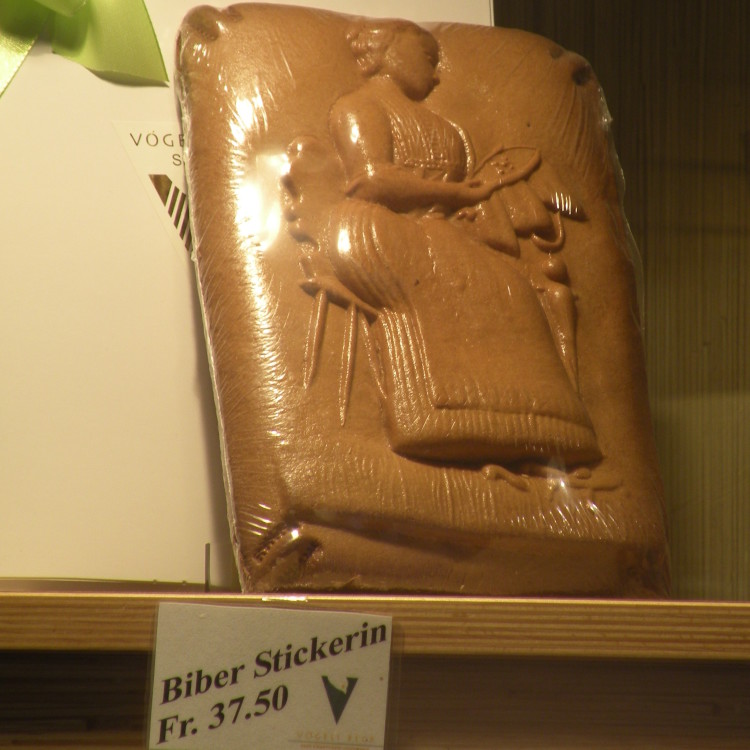
St. Gallen Biber, a type of gingerbread cookie. Credit: Annie Palovcik
They are baked in wooden molds that give them their shape and design. Many are adorned with icing images. I take several as souvenirs, but they are so delicious I find myself nibbling away until they are all gone. Tom fortifies himself after our morning of sightseeing with a sandwich and the local brew, a thirst-quenching St. Galler Klosterbrau.
Soon we are kissing goodbyes at the St. Gallen station. The train pulls in to take us away to other Swiss adventures. All aboard!
If You Go
www.myswitzerland.com provides information about Switzerland’s regions, accommodations and travel using the Swiss Travel Pass.
Annie Palovcik
Latest posts by Annie Palovcik (see all)
- St. Gallen: A Swiss Vignette - March 31, 2015

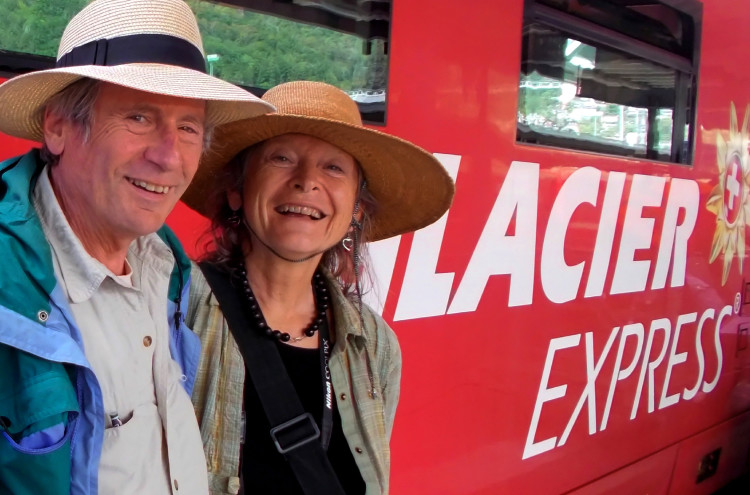







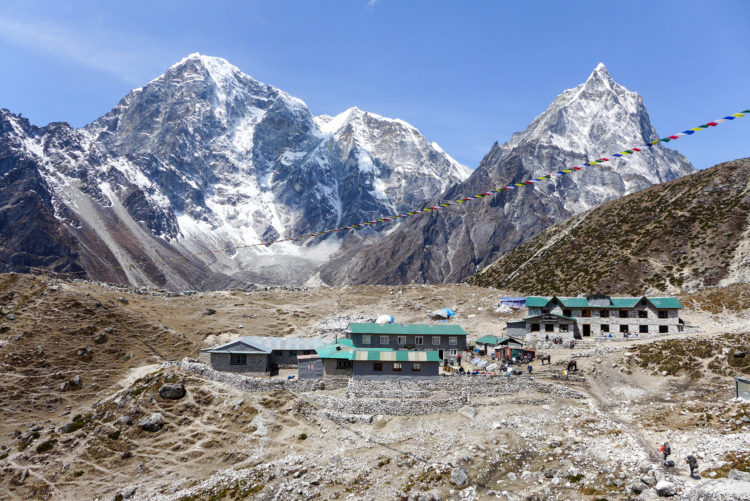 Almost all the tea houses in
Almost all the tea houses in 
